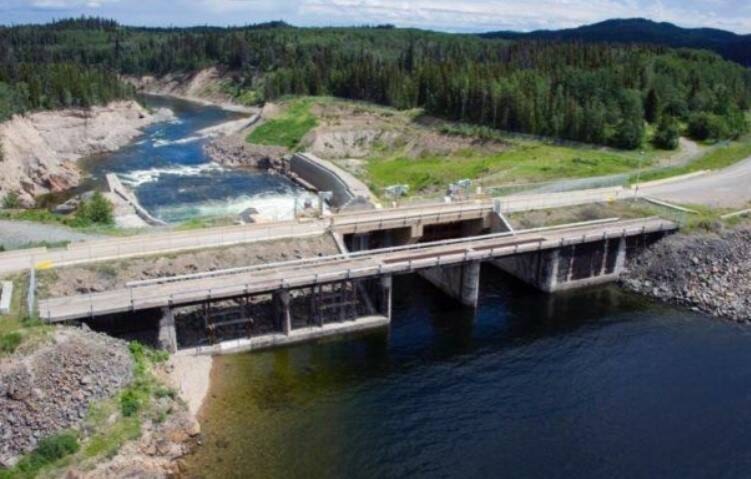British Columbia’s level-three drought is impacting the Nechako reservoirs – the source of water for generating clean electricity in the Northwest interior.
Henry Wiebe, Burns Lake’s mayor has concerns about the current drought conditions and how it may cause potential power shortages and the need for energy importation to cover the shortfall.
A spokesperson from B.C. Hydro said larger reservoirs in the north and southeast of the province are still below normal levels, while recent rainfall events have refilled many of their smaller hydroelectric facilities in the Lower Mainland and Vancouver Island.
“We’re fortunate here in B.C. that we use a hydroelectric system [generating energy from water] designed and operated to perform safely and reliably across various conditions and weather events, from heavy rainfall to drought.”
While this year is challenging, he said it’s also important to note that B.C. Hydro has experienced low water levels at their reservoirs in the past.
“We are actively taking steps to manage our operations through the drought. Our team has been planning in real-time for over a year to manage this historic drought.”
He said that over the past several months, B.C. Hydro has taken active drought management steps, including conserving water by drawing on less impacted regions and importing more power – a common activity during low water years.
“These are steps we will continue to take in the coming months.”
The spokesperson said, B.C. Hydro’s system is part of the Western Interconnection, a network of high-voltage transmission lines connecting B.C. with other utilities in western North America, including those in Alberta and 11 western U.S. states.
He said Powerex Corp. is B.C. Hydro’s trading subsidiary. They buy and sell wholesale power with trading partners throughout B.C. Hydro’s interconnected grid.
“They can purchase and import energy from outside of B.C. in a few different ways. One way is to import energy from specific sources of clean generation, and the other is to purchase energy from the wholesale market,” he said.
He said that despite the demand for electricity increasing in the winter months, B.C. Hydro continues meeting British Columbians’ electricity needs through its extensive, integrated, regionally connected hydroelectric system.
“Our priority has – and will always be – delivering clean, safe, and reliable power to our customers.”
According to Rio Tinto B.C. Works’ recent observation indicated that the water level at the Nechako Reservoirs, also known as Ootsa Lake Reservoir, is currently at 2792.14 ft., historically lower than the average for this time of the year.
The reservoir’s standard capacity to store water during this time of the year is 2800 ft.
Burns Lake eagerly awaits B.C. Hydro’s confirmation of meeting the required energy capacity.
An update will be provided in upcoming issues of Lakes District News.
